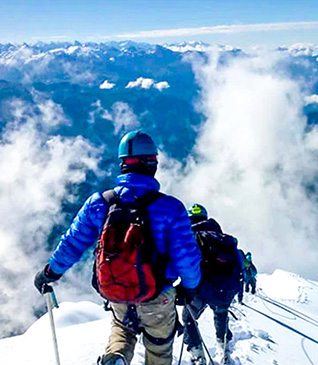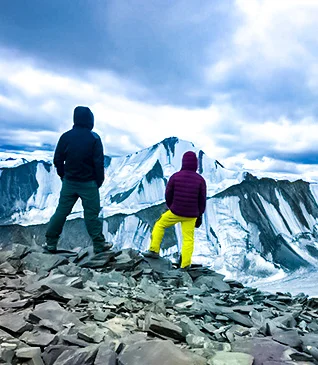Picture this: a world transformed into a glistening wonderland, where each step you take creates a soft crunch beneath your feet and the powdery snow glistens everywhere with the sun rays. Winter trekking, with its snow-draped landscapes and crisp air, beckons adventurers with its mystical allure. It's a realm of pristine solitude and breathtaking vistas, but to unlock its magic, one must be well-prepared.
As winter's icy grip tightens its hold on the mountains, embarking on a winter trek becomes an exhilarating endeavour. However, unlike summer excursions, winter trekking demands meticulous planning and the right gear to ensure both safety and enjoyment. In this article, we will delve into the art of preparing for winter treks, equipping you with the knowledge and tools needed to embrace the frozen wilderness. From selecting the perfect destination to outfitting yourself with the right gear, from honing your physical fitness to mastering essential safety measures, we will provide you with a comprehensive roadmap for conquering snow-covered trails.
Understanding the Challenge of Winter Treks
Winter treks are not for the unprepared. The same conditions that make these journeys so enchanting can also be unforgiving and perilous. Harsh weather, sub-zero temperatures, and unpredictable snowfall can turn a leisurely hike into a survival ordeal. That's why meticulous preparation is not just a choice but a necessity. Whether you're an experienced trekker or a novice, readiness is your shield against the elements. It's what keeps you warm, safe, and able to fully savour the winter wonderland that awaits. In the following sections, we will explore the key aspects of this preparation, equipping you with the knowledge and confidence to embark on a winter trek that will forever etch itself into your heart and memory.
Here are four essential tips that will help prepare you perfectly for your upcoming winter adventure.
- Choosing the Right Winter Trek
.webp)
The first step in preparing for a winter trek is to carefully research and select the right trek. Winter treks vary widely in terms of difficulty, duration, and the kind of experience they offer. Here's how to go about it:
- Start by choosing a winter trekking destination that resonates with you. Consider factors like the region's natural beauty, accessibility, and the kind of scenery you'd like to experience, whether it's snow-capped peaks, frozen lakes, or dense snow-covered forests.
- Utilize online resources, including trekking websites, forums, and social media groups, to gather information about different winter treks. Read trip reports, watch videos, and view photos shared by fellow trekkers to get a sense of what to expect.
- Seek advice from trekking agencies, guides, or seasoned trekkers who are familiar with the area. They can offer invaluable insights, recommend less-travelled routes, and provide up-to-date information on trail conditions.
- Research the typical weather conditions during the winter months in your chosen destination. This will help you prepare for temperature extremes, snowfall patterns, and potential weather-related challenges.
- Assess your own trekking experience and physical fitness honestly. Winter treks can vary from relatively easy to extremely challenging. Choose a trek that aligns with your capabilities to minimize the risk of exhaustion or altitude-related issues.
- Remember that your safety should always come first. Opting for a trek beyond your abilities can lead to dangerous situations. It's better to choose a slightly easier trek and have a safe, enjoyable experience.
2. Essential Gear & Clothing
Understand the Layering System
.webp)
The key to staying warm and dry during winter treks is a well-thought-out layering system. This system consists of three main layers:
- Base Layer: This layer is in direct contact with your skin and should wick moisture away to keep you dry. Choose moisture-wicking, thermal, or Merino wool base layers to regulate your body temperature and prevent sweat buildup.
- Insulating Layer: The insulating layer provides warmth by trapping heat close to your body. Fleece jackets, down or synthetic insulated jackets, and vests are excellent choices. The thickness of this layer can be adjusted based on the expected temperature.
- Outer Layer (Shell): The outer layer serves as protection against wind, rain, and snow. It should be both waterproof and breathable. A high-quality hardshell jacket and pants are essential to keep you dry while allowing moisture to escape.
Must-Have Gear

- Footwear: Insulated and waterproof boots are crucial for winter treks. Make sure they are compatible with crampons if needed. Invest in high-quality, moisture-wicking socks to keep your feet dry and warm.
- Backpack: A sturdy, winter-appropriate backpack with a good suspension system is essential. It should have enough space to carry your gear, clothing layers, food, and water. Look for a pack with straps for securing trekking poles and other equipment.
- Trekking Poles: These provide stability on icy or uneven terrain and reduce strain on your knees. Adjustable trekking poles with snow baskets are ideal for winter trekking.
- Sleeping Bag: Choose a cold-weather sleeping bag rated for the lowest temperatures you expect to encounter. A high-quality sleeping pad adds insulation and comfort.
- Tent or Shelter: If camping, use a four-season tent designed to withstand snow and wind. Ensure it's properly ventilated to prevent condensation inside.
- Navigation Tools: Carry maps, a compass, and a GPS device or smartphone with offline maps. Snow can obscure trails, making navigation critical.
- Headlamp: A reliable headlamp with spare batteries is crucial for navigating in low-light conditions and for emergencies.
Specialized Winter Gear

- Crampons: These traction devices attach to your boots and provide grip on icy or snow-covered terrain. Choose crampons that match your boot type and intended use.
- Gaiters: Gaiters cover your lower legs and keep snow, water, and debris out of your boots. They are especially useful in deep snow.
- Ice Axe: An ice axe can be a lifesaver for self-arrest in case of a slip on steep slopes. Learn proper ice axe techniques before your trek.
- Snowshoes: Necessary for trekking in deep snow, snowshoes distribute your weight and prevent you from sinking into the snow.
3. Fitness and Training
Physical Preparation
.webp)
- Cardiovascular Fitness: Engage in aerobic exercises such as running, cycling, or brisk walking to improve your cardiovascular endurance. Aim for at least 30 minutes of cardio exercise on most days of the week.
- Strength Training: Incorporate strength training exercises to build muscle strength, especially in your legs, core, and upper body. Squats, lunges, planks, and push-ups are excellent choices. Strength training helps you carry your gear and maintain stability on uneven terrain.
- Flexibility: Stretching exercises like yoga or simple stretches can enhance your flexibility, reducing the risk of muscle strains and improving overall comfort during the trek.
- Load-Bearing Training: Gradually increase the weight you carry in your backpack during training hikes. This will prepare your muscles and joints for the extra load you'll bear during the trek.
- Hiking Practice: If possible, engage in local hikes to mimic the terrain and conditions you'll encounter during your winter trek. It's an excellent way to condition your body and test your gear.
- High-Intensity Interval Training (HIIT): HIIT workouts can help boost your overall fitness, improve your ability to handle strenuous sections of the trek, and enhance your recovery.
Altitude Acclimatization

Altitude acclimatization is critical for winter treks, especially if you're ascending to high altitudes. Insufficient acclimatization can lead to altitude sickness, which can be dangerous. To acclimatize properly:
- Ascend gradually to higher altitudes whenever possible. Avoid rapid gains in elevation to give your body time to adjust.
- Drink plenty of water to stay well-hydrated, as dehydration can exacerbate altitude-related issues.
- Plan rest days at higher altitudes to allow your body to acclimatize. Use these days for short walks or hikes to higher points and then return to a lower elevation to sleep.
- Pay attention to altitude sickness symptoms, including headache, nausea, dizziness, and shortness of breath. If you experience severe symptoms, descend immediately.
- Consult with a healthcare professional about medications like acetazolamide that can help prevent or alleviate altitude sickness symptoms
- Listen to your body. If you or someone in your group is experiencing severe altitude sickness symptoms, it's better to abandon the trek and descend to a lower elevation.
4. Choosing a Trustworthy Organization
To ensure a safe and memorable winter trekking experience, it's crucial to choose a trustworthy organization to guide your adventure. Make sure the trekking company has a proven track record of expertly-led treks in winter, prioritizes safety, and environmental responsibility, and provides you with the most unforgettable experiences. Make sure the Trek Leaders are seasoned professionals, intimately familiar with the unique challenges of winter trekking, and they'll ensure you have the knowledge and support needed for a successful journey. Embark on your winter trek with the confidence that you're in the hands of experts who share your passion for adventure and respect for the natural world.
As you stand on the brink of embarking on a winter trekking adventure, there's a world of enchantment waiting for you to explore. So, dear adventurer, take that leap of faith. Embrace the chill in the air, the crunch of snow beneath your boots, and the exhilaration of a winter trek. Let the wilderness be your guide, and the journey your teacher. As you venture into this pristine world, you'll not only find the beauty of nature but also the beauty within yourself.
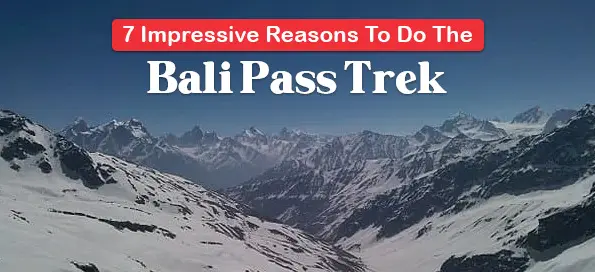
7 Impressive Reasons To Do The Bali Pass Trek

CHAR DHAM YATRA PACKAGE
.webp)
Buran Ghati and Rupin Pass Two Mesmerizing Treks in Himachal
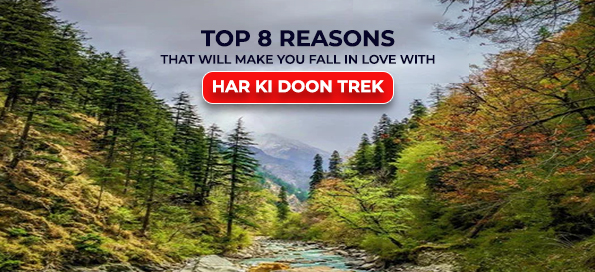
Top 8 Reasons That Will Make You Fall in Love with Har Ki Doon Trek
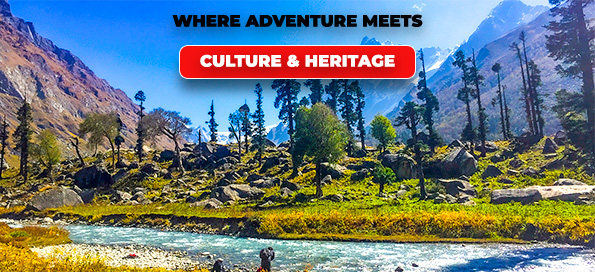
Where Adventure Meets Culture & Heritage
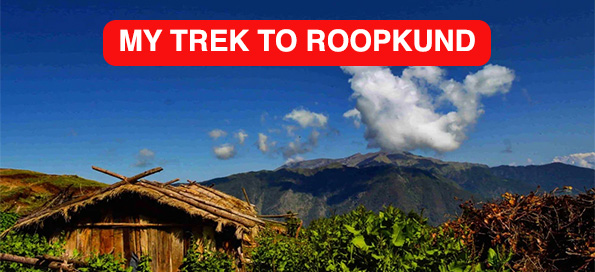
MY TREK TO ROOPKUND
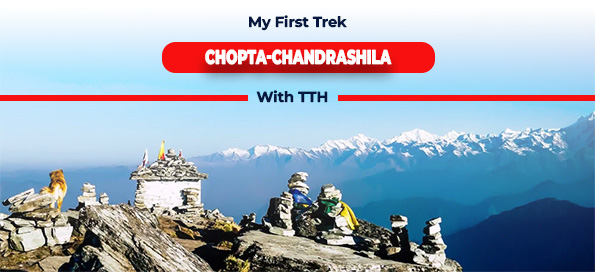
My First Trek Chopta-Chandrashila with TTH
.jpg)
A Tale of Har Ki Doon Trek
.jpg)
Bramhatal Trek
.jpg)
How to measure Chadar trek (and perhaps some bit of life)?
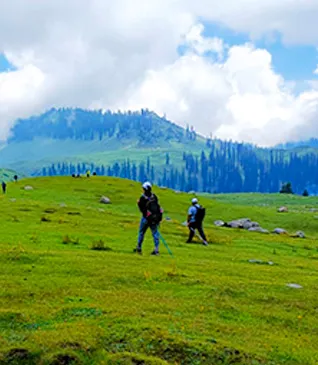
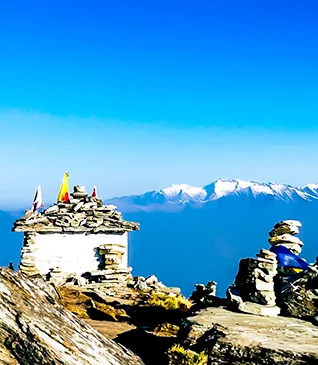
.webp)
.webp)
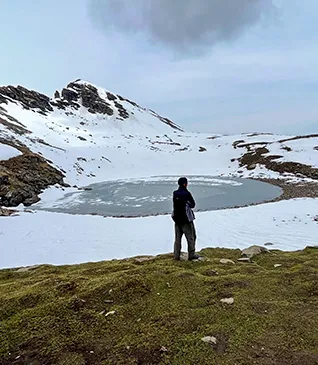
.webp)
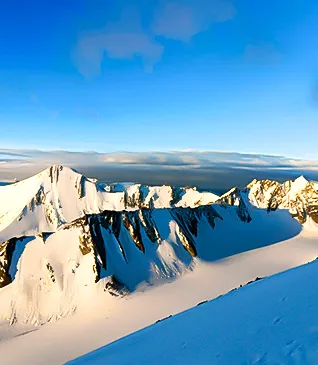
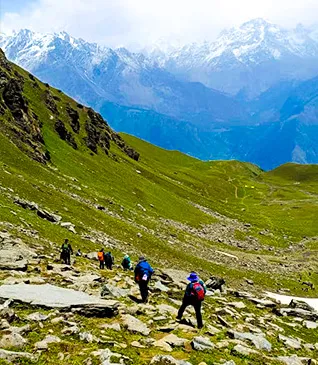
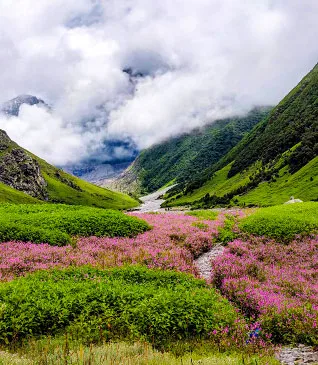
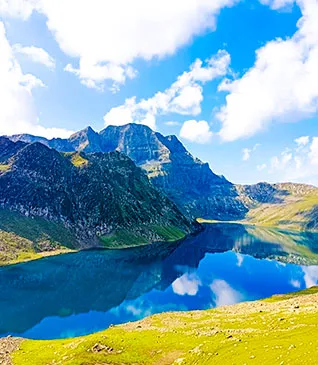
.webp)
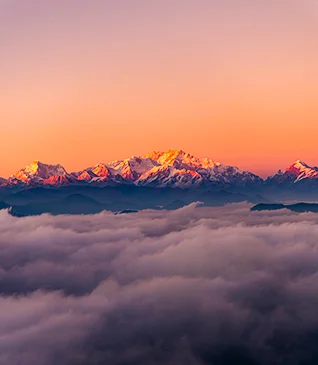
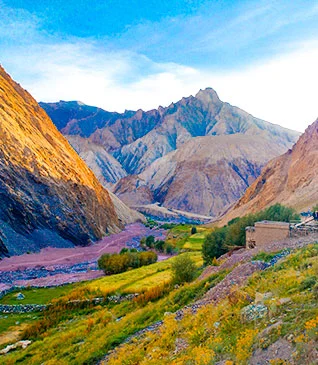
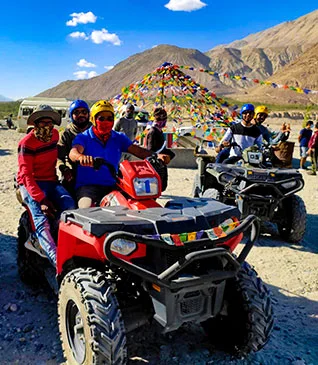
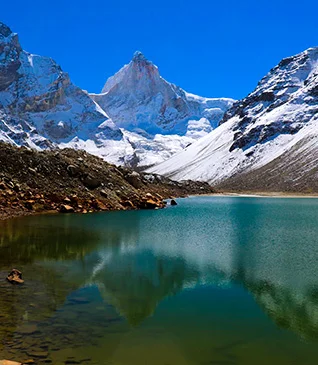
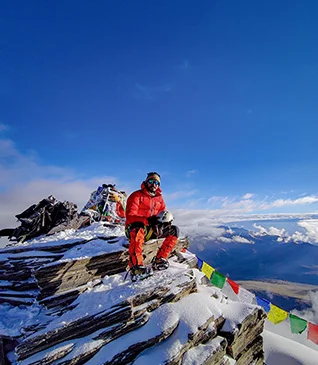
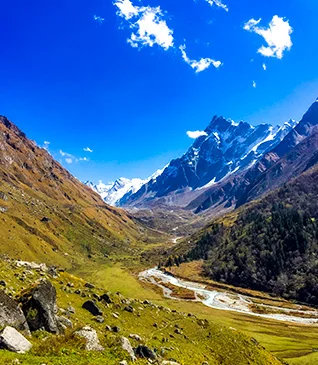
.webp)
.webp)
